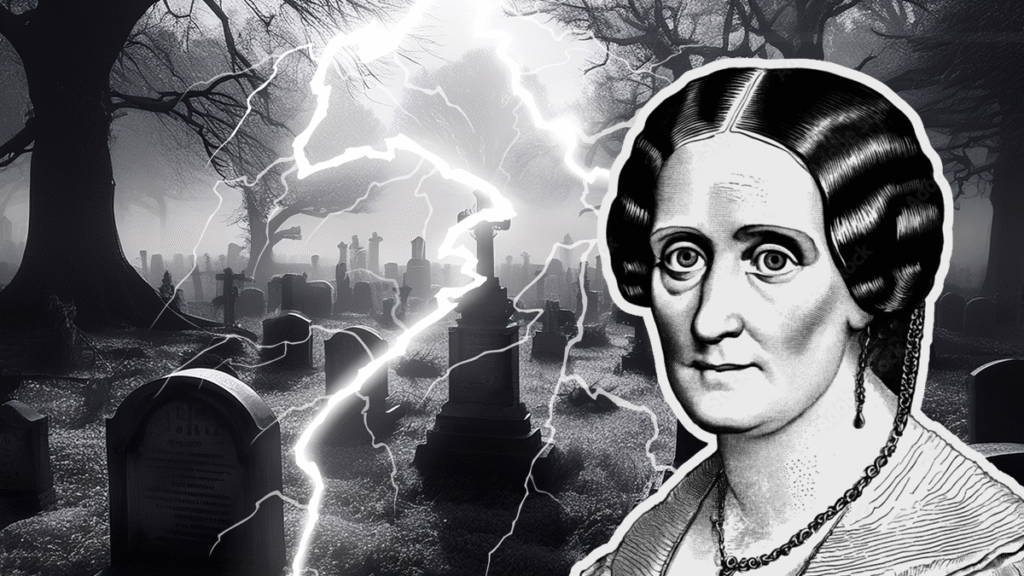By Brian Boone
Frankenstein is one of the most familiar works of English language fiction. A quick refresher: A mad scientist, Dr. Frankenstein, assembles random dead body parts into a new man, animates it, and then watches as the Monster runs amok and brings up issues of what it means to be human. It all sprang forth from the brilliant mind of Mary Shelley.
A death in the family
Mary Shelley’s mother: the philosopher, women’s rights activist, and proto-feminist writer Mary Wollstonecraft. Wollstonecraft died days after giving birth to her daughter, and the death loomed large in young Mary’s consciousness. She learned her ABCs, and purportedly how to spell her own name, by repeatedly tracing the letters etched into her mother’s headstone. Much later on, Shelley would experience physical intimacy for the first time on that very site, in the graveyard.
Aaron Burr, sir
Mary Shelley’s father: the influential and well connected political theorist and philosopher William Godwin. He privately and personally educated his daughter and his two other daughters from a later marriage while also bringing around high-profile guests. After former Vice President of the United States Aaron Burr shot and killed Treasury Secretary Alexander Hamilton in an 1804 duel, he fled the U.S. and sought refuse at the Godwins’ home in England. He was a lifelong family friend to Mary Shelley, to whom he felt close with after the death of his own daughter. Mary’s nickname for Burr: Gamp.
An untoward romance
Godwin also welcomed into their home the dominant poet of the Romantic era, Percy Bysshe Shelley. When Mary was 16, she and Shelley eloped, despite the poet already being married. The act of infidelity and bigamy so devastated Harriet Westbrook, Percy’s first wife, that it’s believed it led to her death by suicide; Mary blamed herself for the rest of her life.
Get Uncle John's Know It All Bathroom Reader Today!
A dark and stormy night
The Shelleys, along with other Romance writers Lord Byron and John Polidori, spent the summer of 1816 hanging out in a villa on Lake Geneva in Switzerland. One night of inclement weather spent reading old books of German ghost stories inspired Lord Byron to suggest a group ghost story writing contest. Days passed, and Shelley couldn’t think of anything to write about. Then she was inspired by a waking nightmare, in which she experienced a vision of a monstrous and painfully lumbering man, seemingly assembled out of random parts in such a hideous fashion as to horrify its creator. Shelley had gotten her ideas for Dr. Frankenstein and his Monster, which would become Frankenstein; or, the Modern Prometheus.
Great book
Published in 1818, Frankenstein was printed without an author credit, as it was unseemly for women to be authors at the time. After it sold well, “Mary Shelley” was added to the cover and title page, in part to discourage critics who claimed that there was no way a non-formally educated person, particularly a woman, could’ve written such a marvelously rendered and philosophically dense novel. Some printers even attributed the book to Percy Bysshe Shelley. Over time, the book and author would be judged on its own merits; literary historians call Frankenstein the first gothic novel, the first horror novel, and the first significant work of science-fiction.
Later works
Shelley wrote many more novels, and in addition to her fiction she was one of the best-selling travel writers of the 19th century, with long-form books on the subject one of the most popular genres before the advent of photography. Shelley outlived her husband, but part of him lived on, Frankenstein-style: She kept his heart in a silk purse at her desk.










